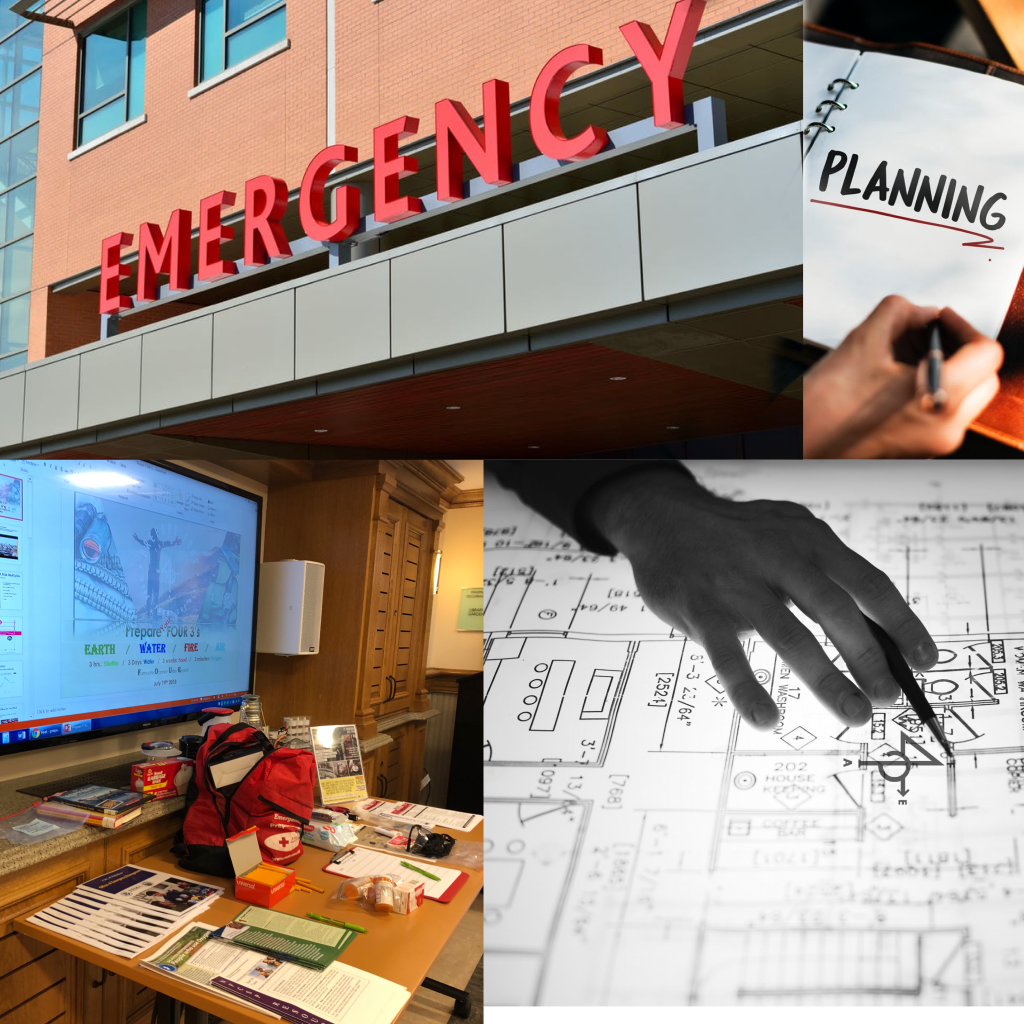In this blog post, we provide a brief introduction to Step Two following Article One – Step One.
O-rganize Your Plan (Step Two):
Once you’ve researched a few ideas and DIY hacks tailored to your lifestyle and once you’ve considered all the potential obstacles/challenges that may arise before, during or after a crisis, after formulating your plan, start taking a few baby steps towards organizing a plan.
Keep in mind that taking care of the people you love requires a lot of foresight, researching, information gathering, assessing, a significant amount of brainstorming and, in some instances, an analytical mind with a calculated but, practical approach.
Make sure that even the most “insignificant” detail is covered to assure that everyone in your household is taken care of and has what they need to execute your plan of survival.
Think about what is most important to you and your loved ones. A well thought out plan will be tailored to a family’s basic (but, most important) needs.
For example, when you consider the area where you live (urban, suburban, rural) and the type of weather (hot, tropical, cold, dry/deserted or damp) that’s usually prone to certain natural disasters (droughts, sandstorms, volcanoes, wildfires, tornadoes, flooding, hurricanes, tropical storms, nor’easter, cyclones, blizzards, etc.), what type of emergency plan is most suitable to your very specific individual /personal lifestyle and needs?
Even a rare type of disaster “unlikely” to occur within your area, should be considered.
A good way to start thinking about how to organize a plan is to incorporate the rules of 3’s (all 4 of them).
These rules should be considered and are important because humans cannot survive without:

Before drafting your plan, consider the following:
SHELTER:
FOOD:
The above questions are just a few to consider.
Stay tuned for Article Three – Step Three where we dive deeper into the different ways you can u-tilize your plan.
Soon, we hope to have (in your hands) our FREE first eBook/guide.
The eBook has been a long time in the making.
So, we are excited about this.
It will be published during Hurricane Season.
Thank you for your patience.
And, if you’ve read this far, we also thank you for believing in our vision.
Leave a comment
You must be logged in to post a comment.